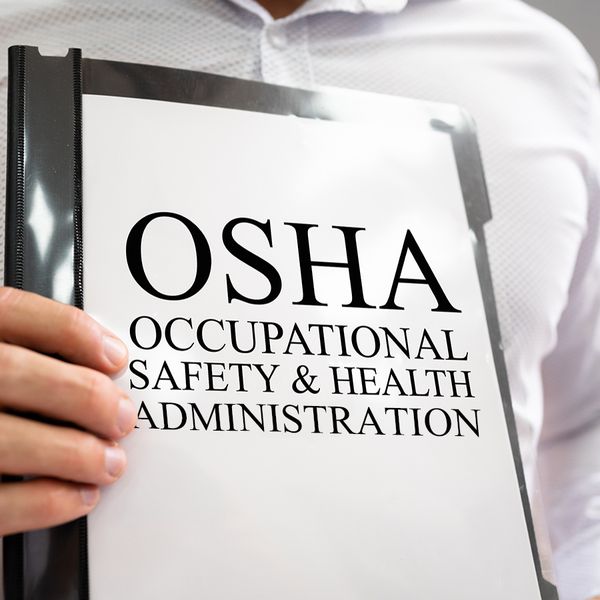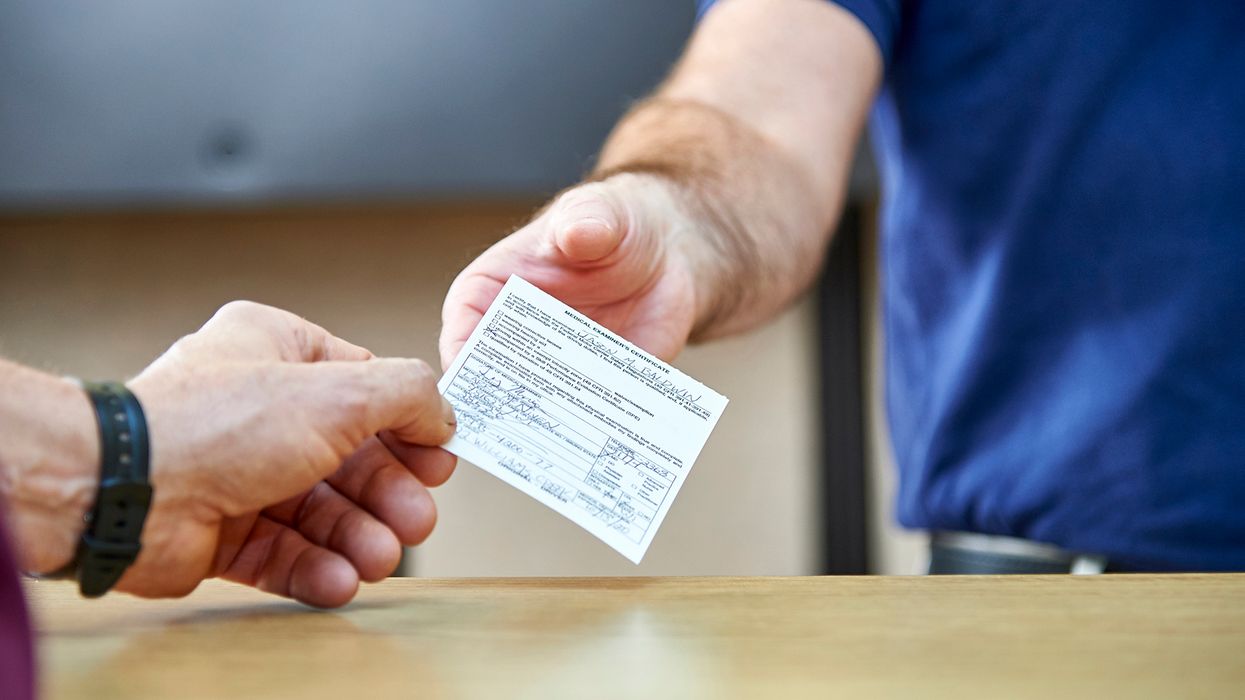Want to stay off OSHA’s severe violator’s list? Here’s how!
Effective September 15, 2022, OSHA updated its 2010 Severe Violator Enforcement Program (SVEP). Developed to put a spotlight on employers who appear to be indifferent to workplace safety regulations, SVEP updates hold severe violators accountable. Here’s how to stay off their list.
OSHA enforcement actions for severe violator cases include mandatory follow-up inspections and, where appropriate, ensure increased awareness of the enforcement actions at the corporate level. Enforcement may also include corporate-wide agreements, enhanced settlement provisions, and federal court enforcement under Section 11(b) of the OSH Act.
| Want to learn more about OSHA citations? See OSHA memos on issuing citations here. |
What are the SVEP criteria?
Currently, employers will have an SVEP case if an inspection reveals at least one of these criteria:
- A fatality/catastrophe inspection where OSHA finds at least one willful or repeated violation or issues a failure-to-abate notice based on a serious violation directly related either to an employee death or to an incident causing three or more employee hospitalizations;
- An inspection where OSHA finds at least two willful or repeated violations or issues failure-to-abate notices (or any combination of these violations/notices) based on the presence of high-gravity serious violations (NOTE: Low- and moderate-gravity serious violations do not fulfill this criterion.); and
- All egregious (e.g., per-instance citations) enforcement actions are considered SVEP cases.
What’s changed with the SVEP?
OSHA expanded the scope of the SVEP program to help with regulatory compliance. Updated criteria include:
- An inspection where OSHA finds employers with at least two willful or repeat violations;
- An SVEP removal eligibility that will begin three years after the date an employer completes abatement instead of from the final order date;
- The addition of a minimum two-year duration in SVEP that includes specified criteria for removal based on a safety and health management system; and
- A provision allowing employers to reduce SVEP time to two years provided consent is made to an enhanced settlement agreement.
Graduation out of the SVEP program
Obviously, the best course of action is to stay off the SVEP list in the first place. Companies that are proactive about safety and have a strong program that includes risk and hazard assessments, inspections, regular maintenance, and effective training usually don’t have to worry about getting on the list.
If you’ve stumbled a bit, however, and need to work your way to your three-year graduation date, here’s how:
- Abate all SVEP-related hazards,
- Pay all penalties due,
- Complete any settlement provisions where applicable,
- Avoid any serious citations related to the original SVEP inspection findings, and
- Complete a follow-up inspection with OSHA.
| Are you a state plan State? You may be interested in our In-Depth article, “Exploring OSHA’s Jurisdiction Understanding OSHA and State Plan States.” |
Keys to remember
To improve workplace safety for all industries, OSHA is enhancing its SVEP program to hold serious offenders accountable. To stay off the SVEP list, employers must proactively comply with all OSHA regulations and avoid willful, repeated, and failure-to-abate violations.



















































